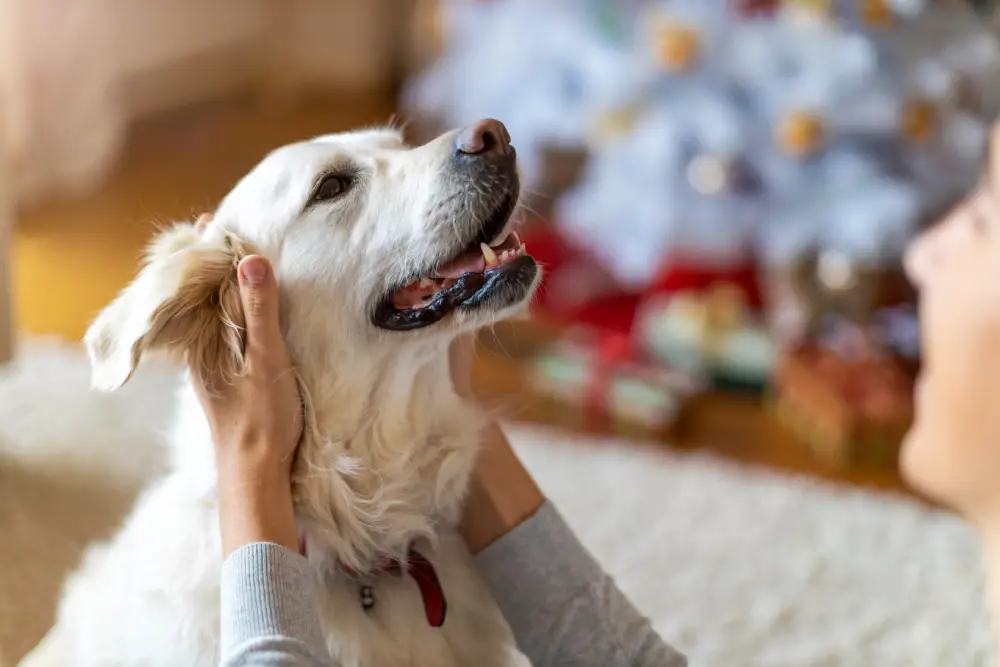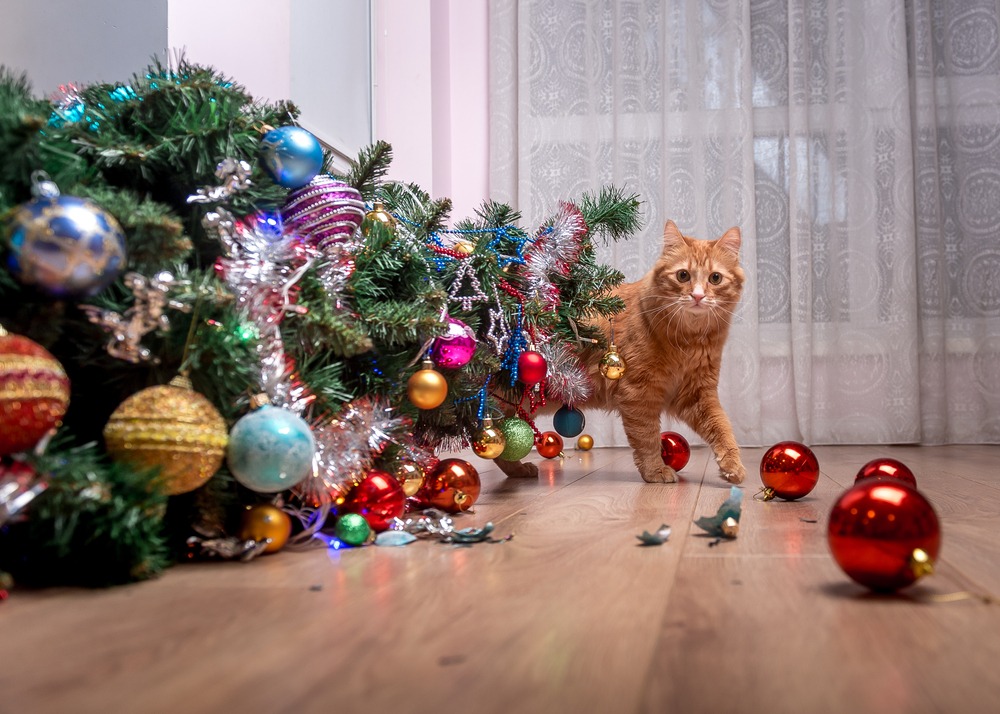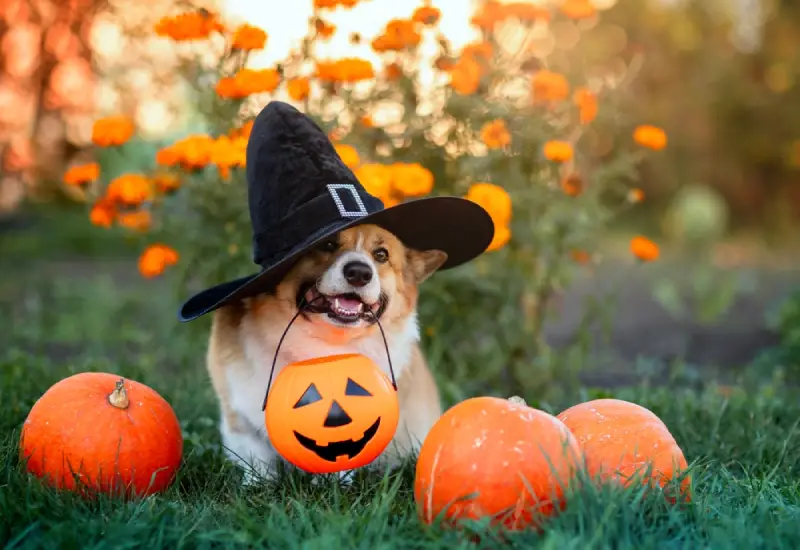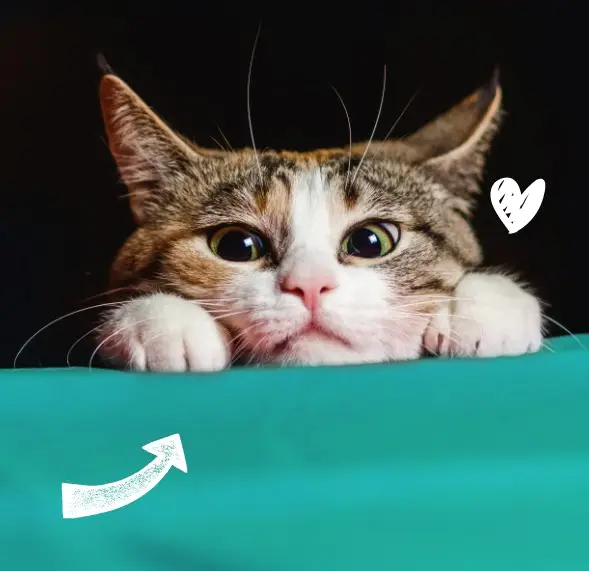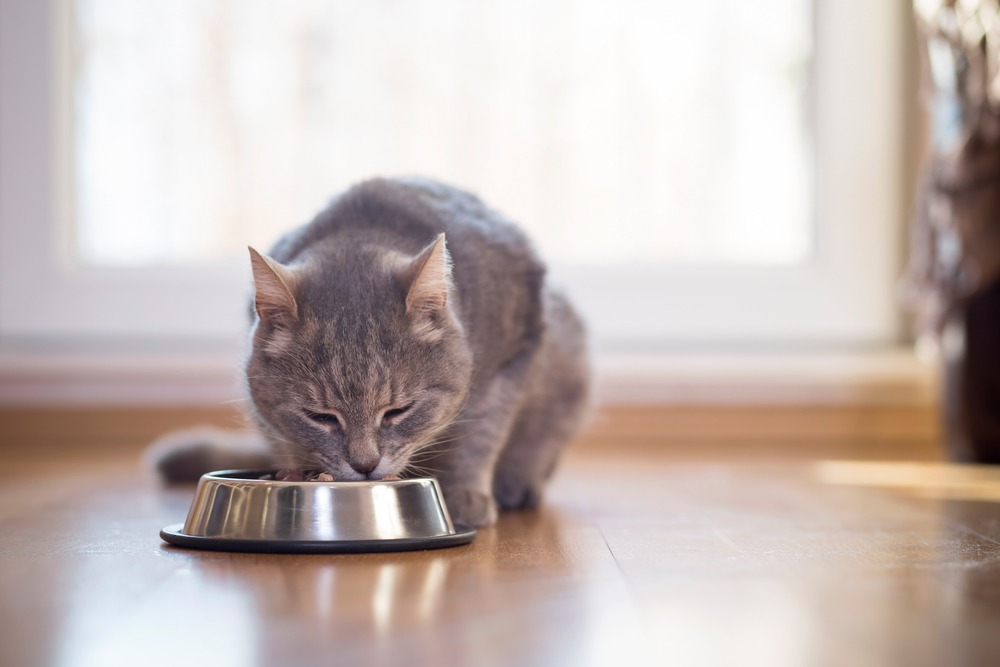

The key to a happy and healthy cat is establishing a regular feeding routine. As they change from a mischievous kitten into a full-grown adult cat, it’s important to make sure that you give your cat the right balance of proteins, fats and oils, minerals, vitamins and carbohydrates with a balanced, nutritious diet.
Cats naturally eat several small meals per day and need constant access to clean drinking water, but whether you give your cat wet or dry food is completely up to you. With so many cat food forms and flavours to choose from, selecting the right one for your pet can feel impossible. Our handy cat feeding guide looks at the best diets for cats, your feline’s nutritional requirements and plenty of other information to help you take purrfect care of your furry friend.
What to feed cats
Cats are obligate carnivores, meaning they need a source of animal protein to be in optimal health. While many cats love fish, it contains high levels of fatty acid and iodine and is not acceptable for daily consumption. The basis of your adult cat’s diet should be a high-quality, premium commercial cat food like Webbox Cats Delight, offering a variety of meats, fish and beneficial herbs that will suit even the fussiest cats.
Some foods are highly toxic to cats, including onions, garlic, raw eggs, chocolate, alcohol, grapes and raisins. If you suspect your cat has ingested something toxic and is showing symptoms of lethargy, weakness, pale gums or dark red urine, you should take them to the vet immediately. For elderly cats, the wrong diet can severely impact their health. Most senior cats benefit from a wet diet consisting of canned, fresh or cooked cat food in gravy or jelly that helps to increase how much fluid they consume.
It’s also important to ensure your cat has constant access to clean, fresh drinking water. You should avoid feeding your cat human food, as cat food is formulated to contain the vitamins, minerals and amino acids that cats need for good health. If do you want to give your cat something extra as a treat, try our White Choc Mice, which are gluten-free and have no artificial preservatives.
Once you have established the nutritional needs of your cat, you may find that their ideal food comes in a choice of dry or wet preparations. Both contain the same nutritional value, so what’s the difference?
- Wet cat food contains water, making it a good source of extra hydration for cats that are reluctant to drink enough themselves.
- Wet food also tends to smell stronger than dry food, which can make it more appealing to cats who need tempting to eat.
- Dry cat food can be left out, so is best for cats that eat slowly throughout the day. Dry food stores well, is also generally better for dental health, and can be used as treats.
There are pros and cons to both wet and dry food, and you should choose the type which you feel best meets your cat’s nutritional requirements. Being careful with your cat’s diet is essential to their health, so if you’re unsure which type of food is best for your cat, ask your vet for help.
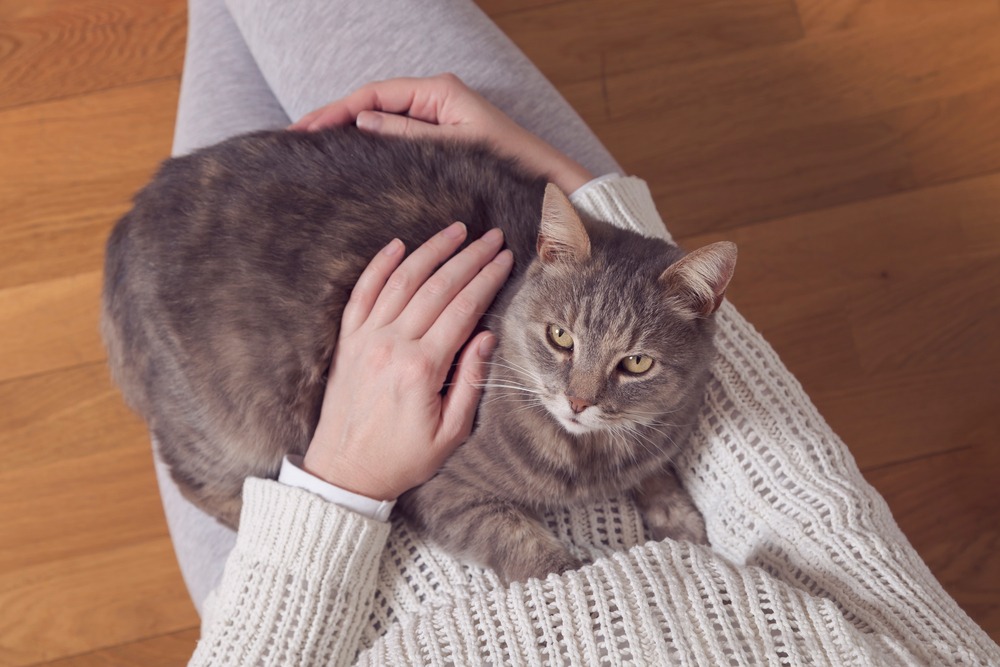
How much should I feed my cat?
Cats are creatures of habit, so it’s best to get them into a regular feeding routine as soon as they’re ready to move onto adult cat food, which is usually after 12 months. How much you should feed your cat depends on their breed, lifestyle and body condition. The most important consideration when feeding your cat is to give them enough nutrients to maintain a healthy, lean body condition.
Treats and human foods are fine in moderation, but should only be up to 15% of your cat’s daily calories. If you treat your cat often, be sure to reduce their main meals slightly to avoid overfeeding. Cats go wild for meat, fish and cheese, so why not try Webbox Yum-e-Yums Cheese?
Young kittens have very small stomachs and are best started on four very small meals a day, which can be dropped to three daily meals, and then two as they grow. Adult cats tend to eat a few smaller meals throughout the day, so it’s best to leave dry food out so your cat can eat when they need to. If you can, it’s best to feed your cat in the same location every day and ensure the water bowl and food bowl are kept separate, well away from any litter trays.
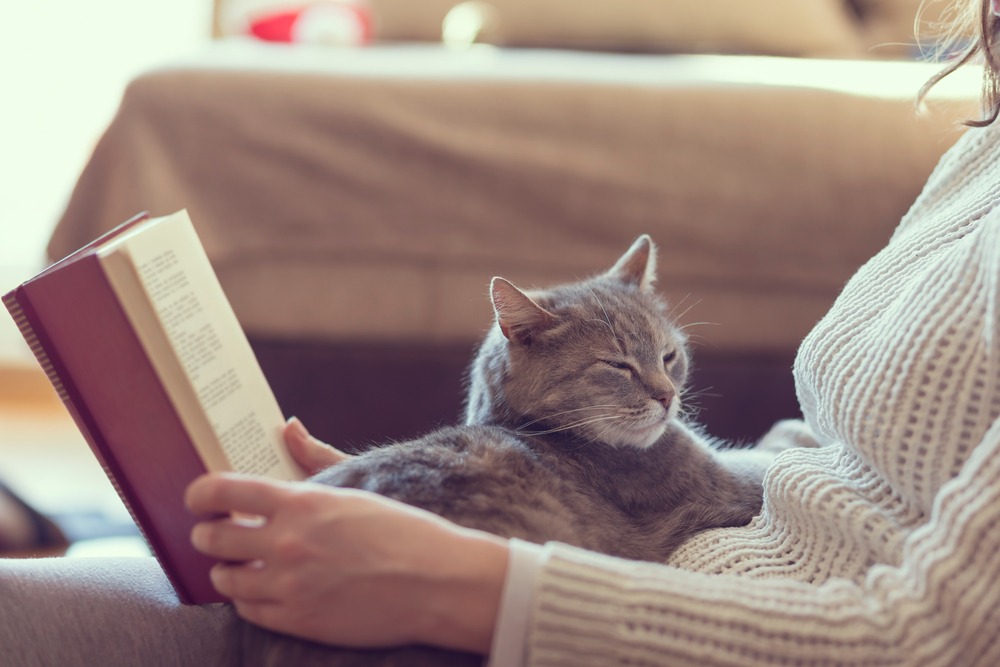
What can I feed a fussy cat?
Cats, just like humans, often go off their food. If you are concerned by your cat’s sudden disinterest in their food, make an appointment with your vet to rule out an underlying problem. Some of the ways you can encourage a fussy cat to eat are:
- Make sure their bowl is clean, as old food can be off-putting for cats.
- Serve wet food at room temperature, as it smells more attractive.
- Play with your cat before feeding times to build up an appetite.
- Move feeding time until after the rest of the household has eaten to reduce noise and stress.
If your cat is an outdoor cat and is refusing to eat, they may just be catching unscheduled snacks on the other side of the cat flap. Sometimes cats can go off their food because they are bored. If you need to change your cat’s diet, you should do it slowly over at least a week, as sudden changes in feeding routine can upset your cat’s stomach.
Webbox brands for adult cats
Here at Webbox, we try to see the world from a pet’s point of view so we can understand what they want, not just what they need. We put all our love, creativity and fun into everything we make, producing nutritional food and balanced treats designed to keep you and your pet happy and healthy. For fantastic food, tasty treats and magical mousse, shop our cat food range today.

Shop for Dogs

Personalise your search:
Shop for Cats

Personalise your search:
Our Most Popular Products
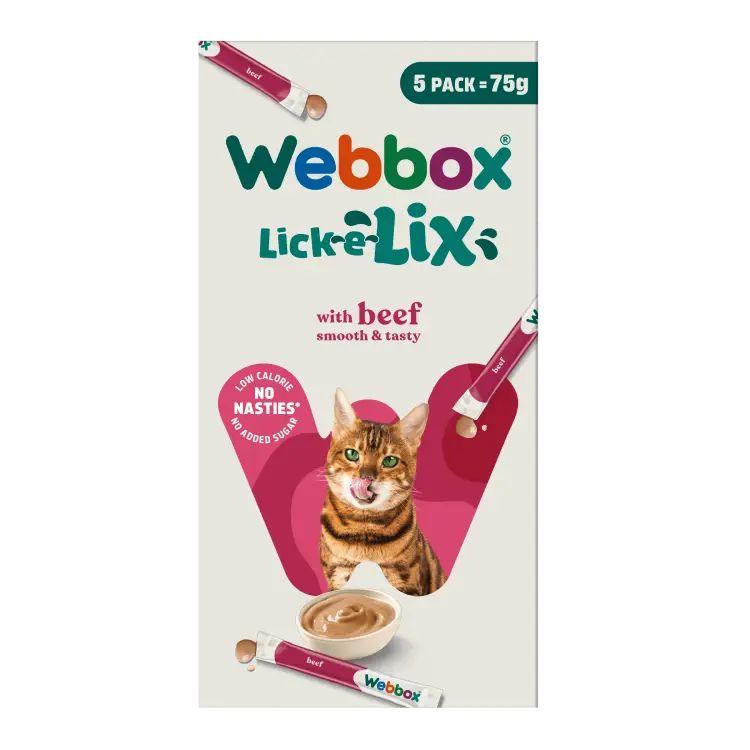

Webbox Lick-e-Lix with Beef Cat Treats 75g
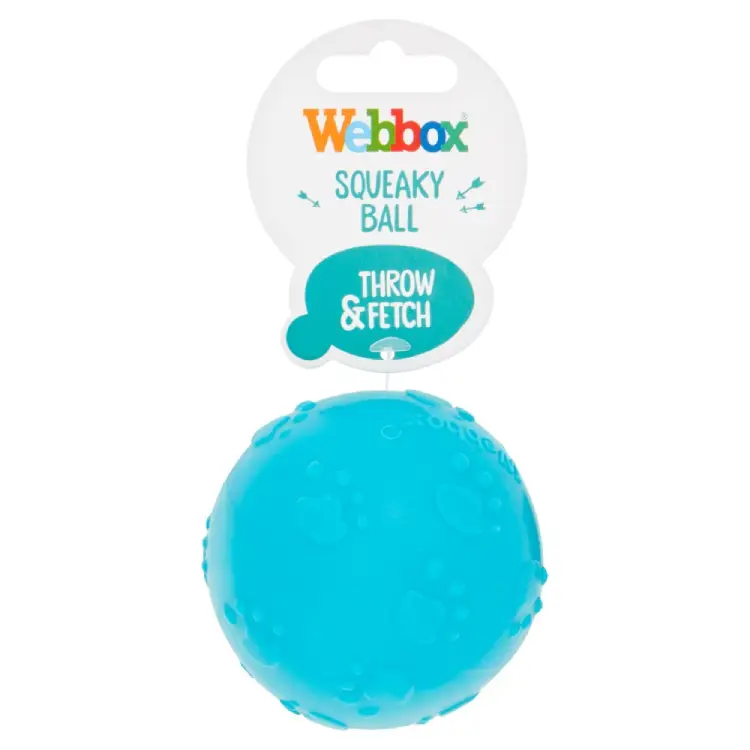

Webbox Squeaky Ball Dog Toy
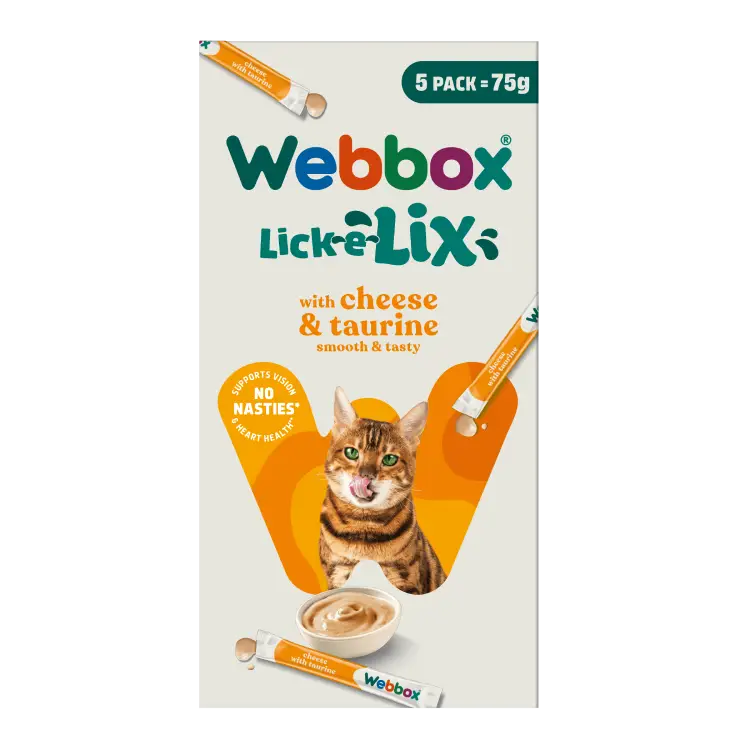


Webbox Lick-e-Lix Cheese & Taurine Cat Treats 75g
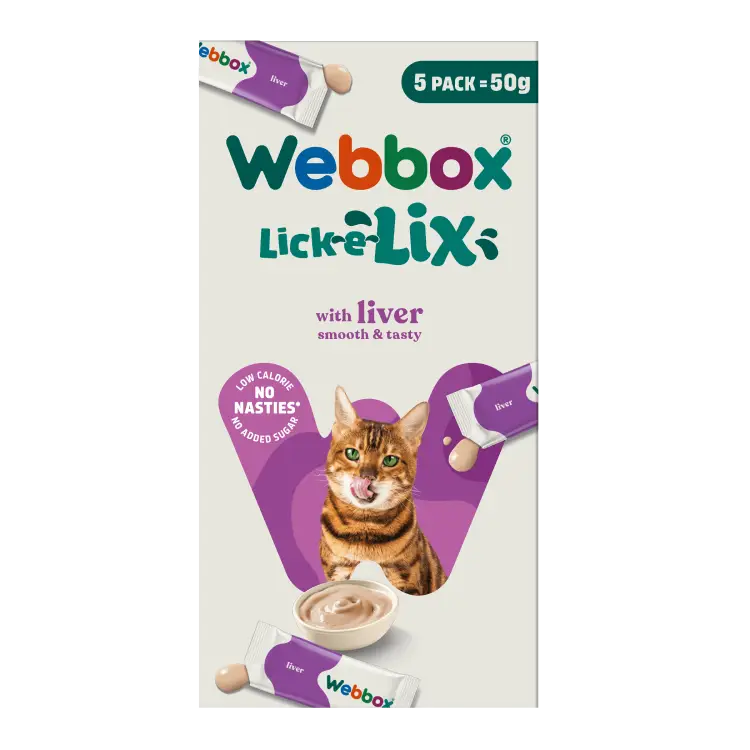

Webbox Lick-e-Lix Liver Cat Treats 50g
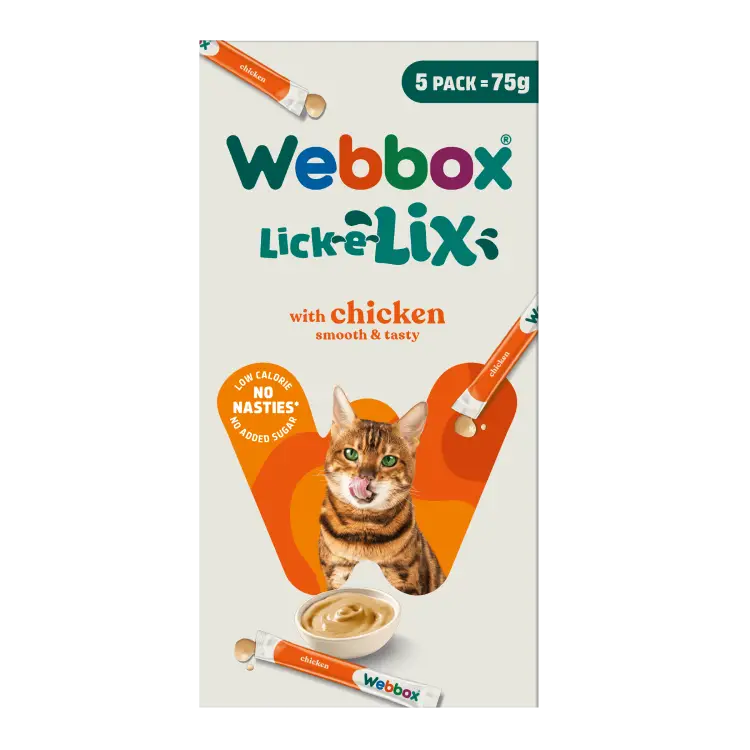

Webbox Lick-e-Lix Chicken Cat Treats 75g


